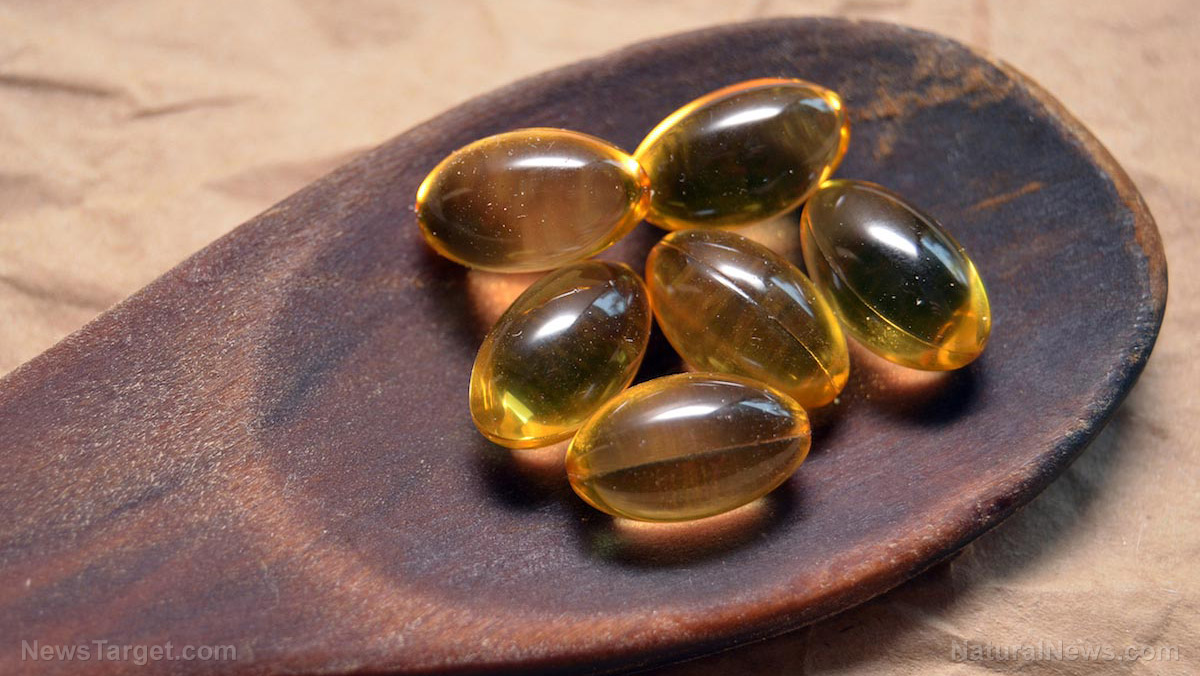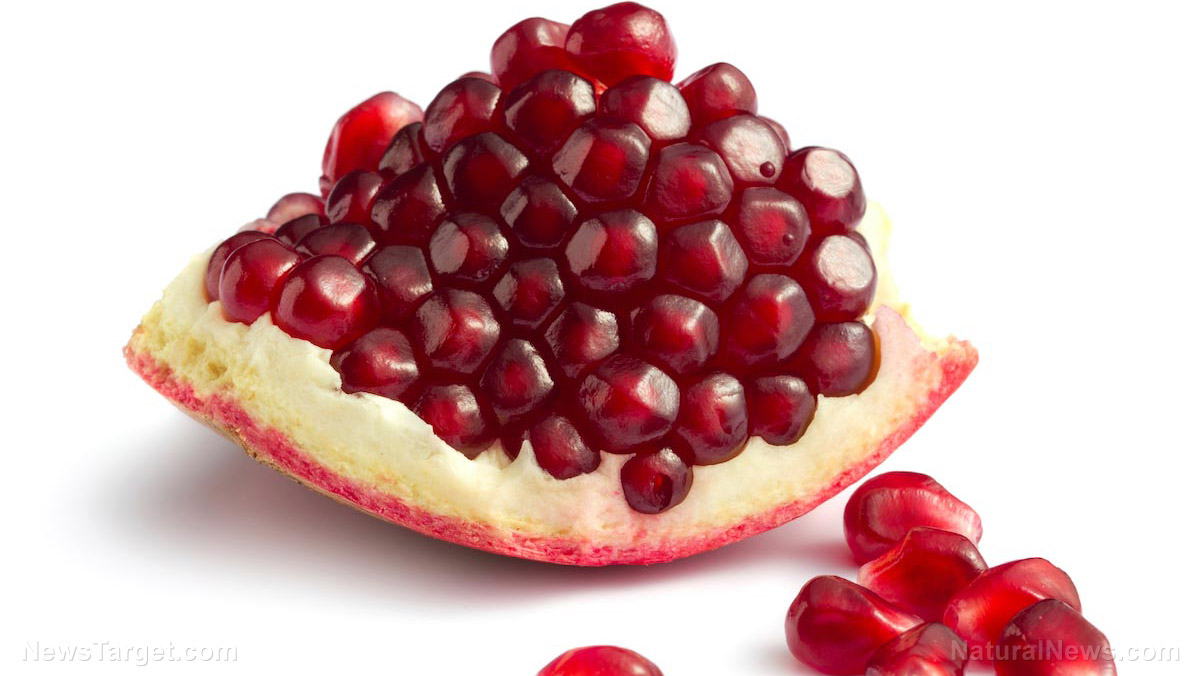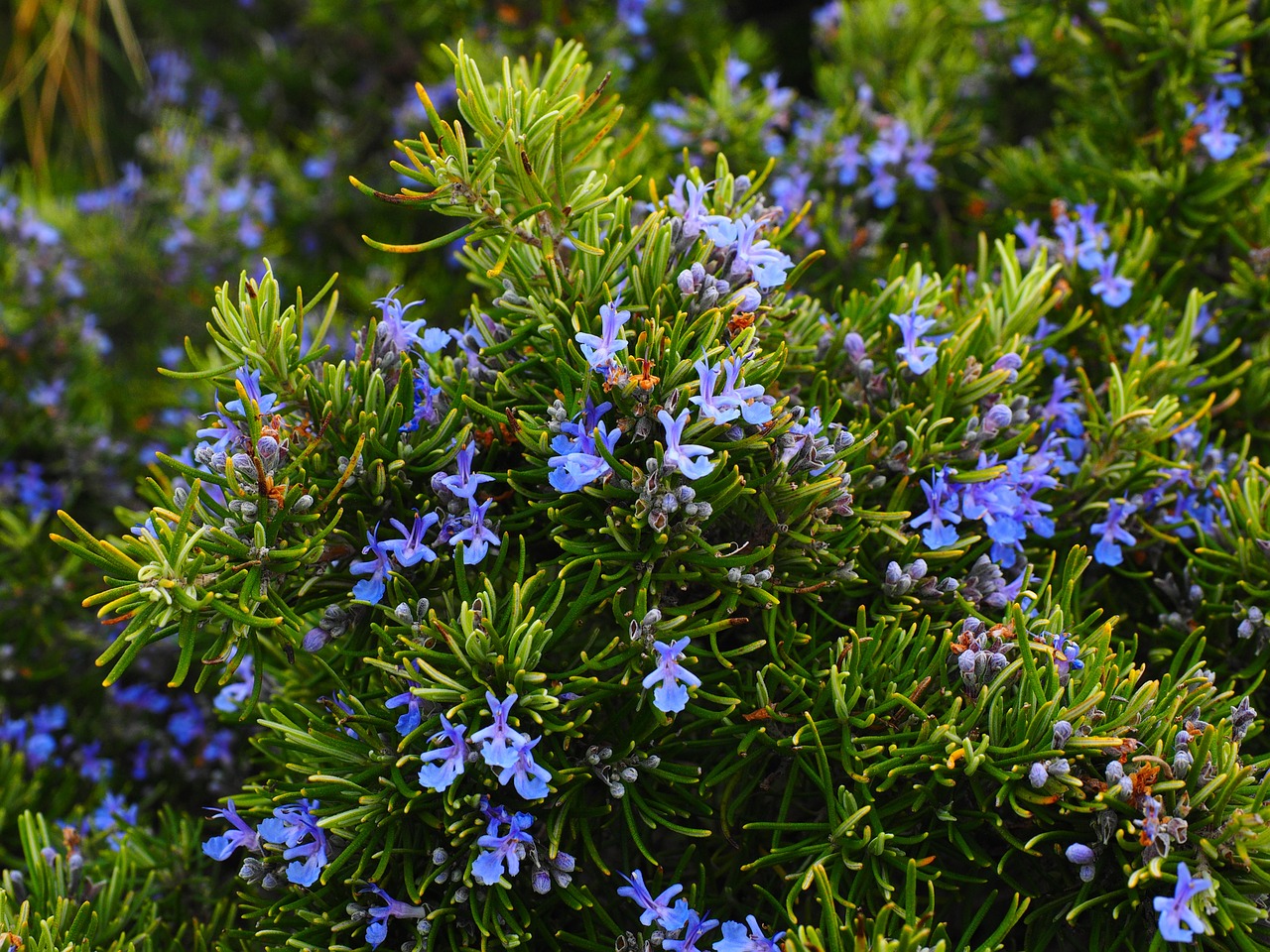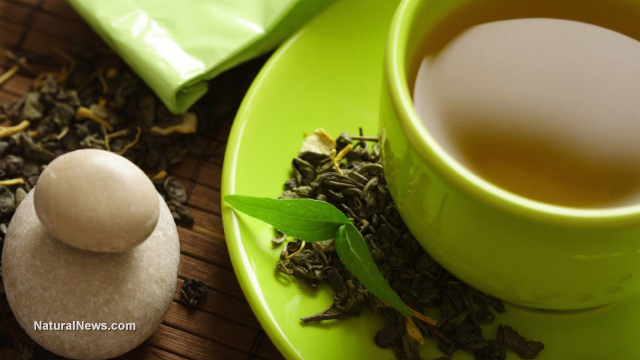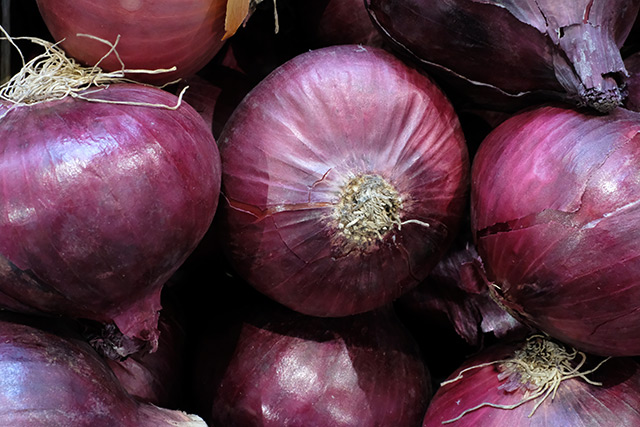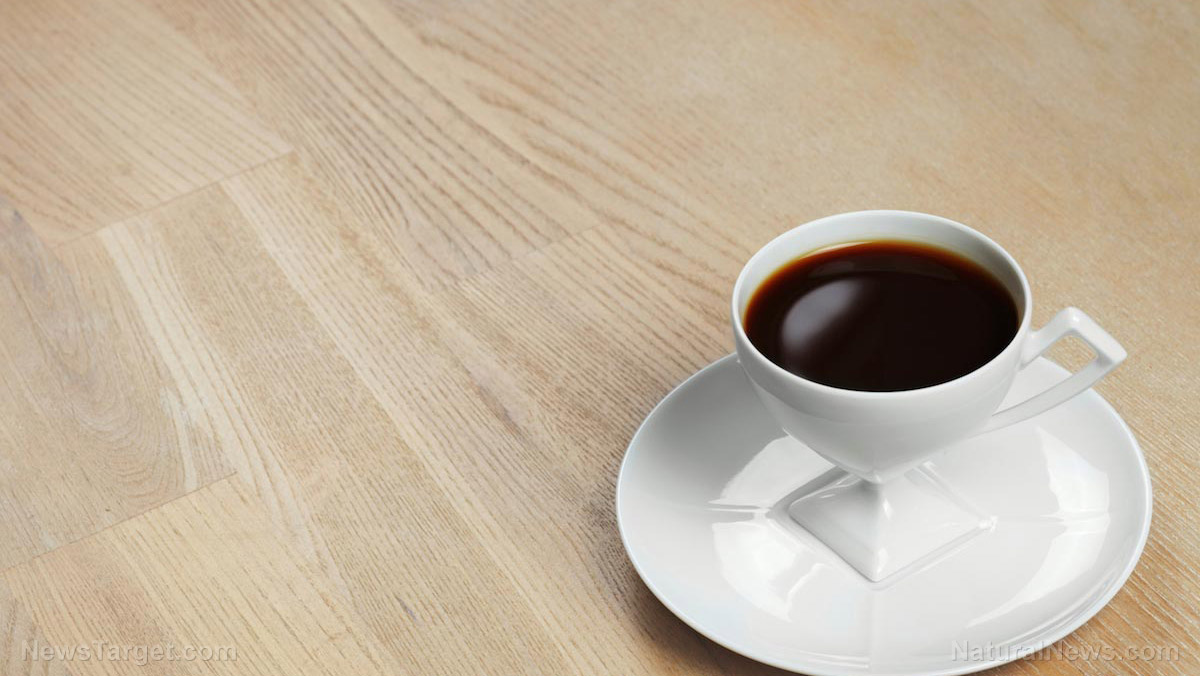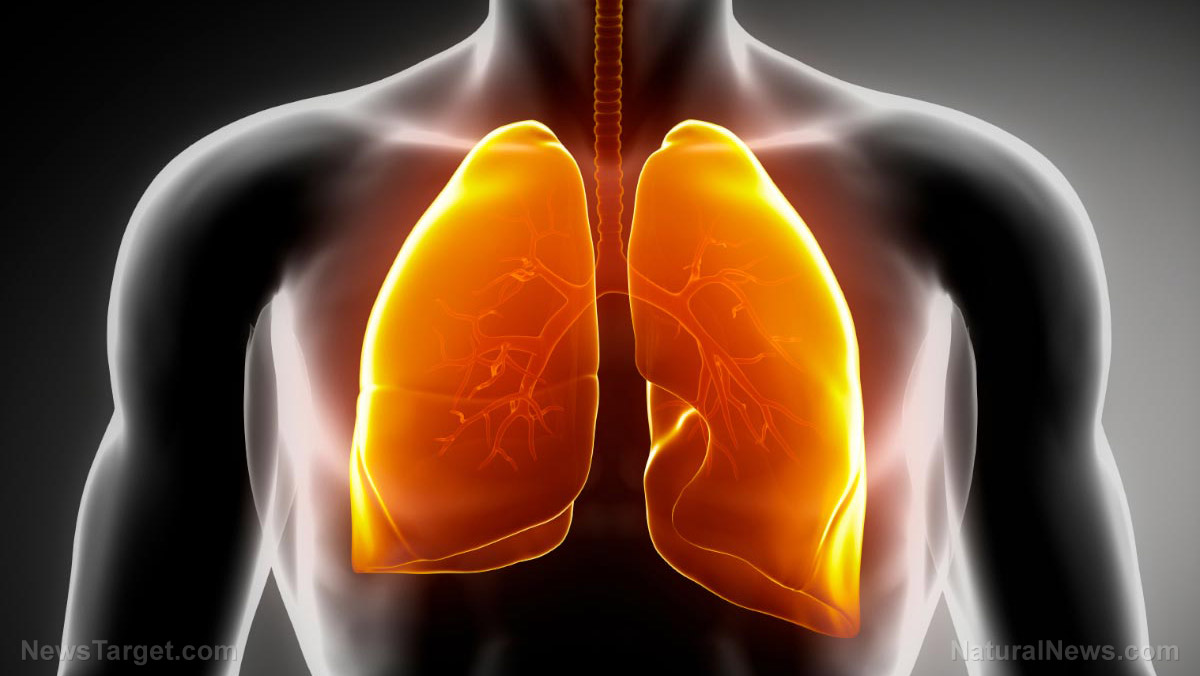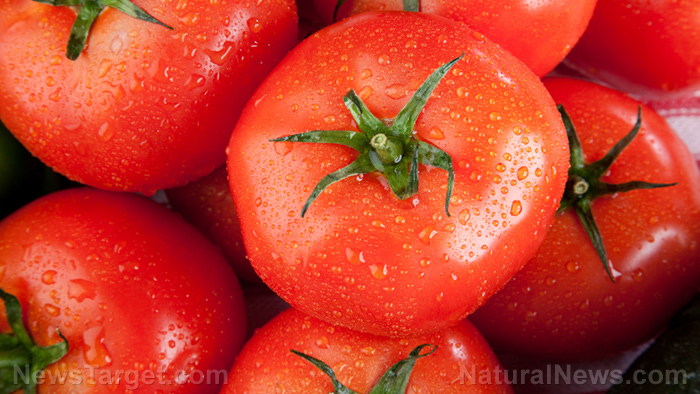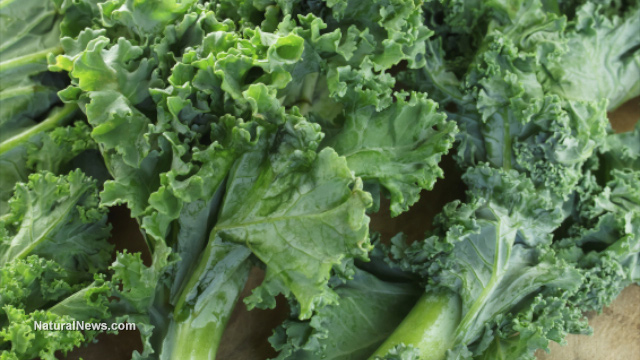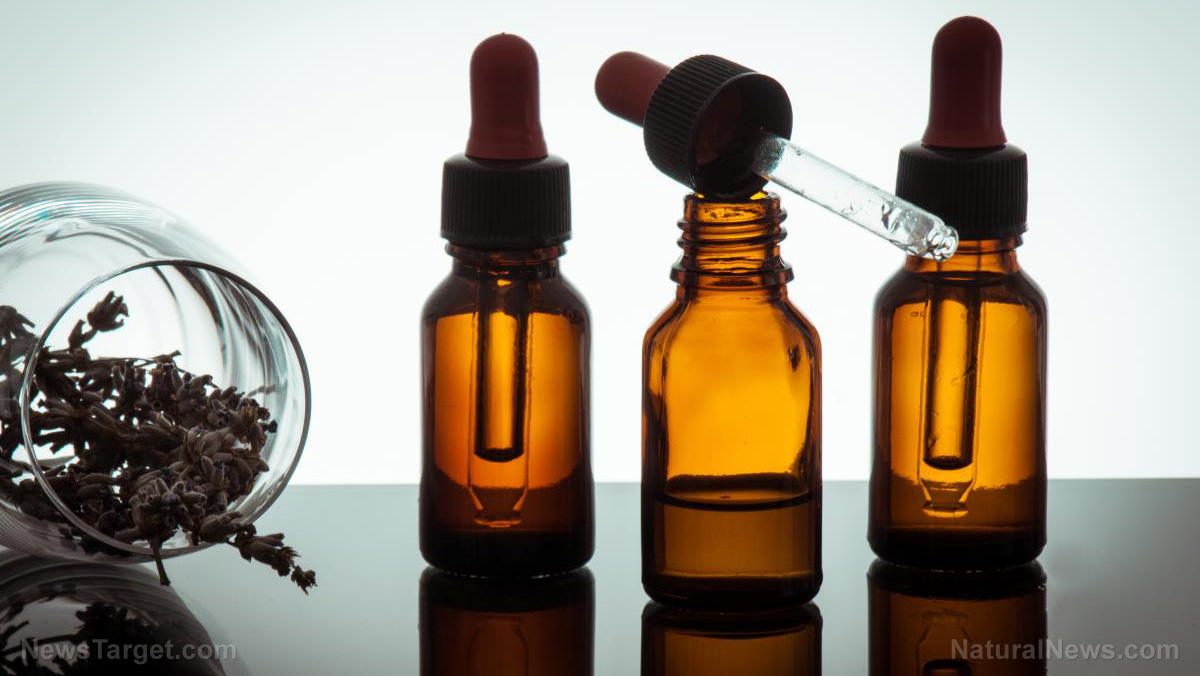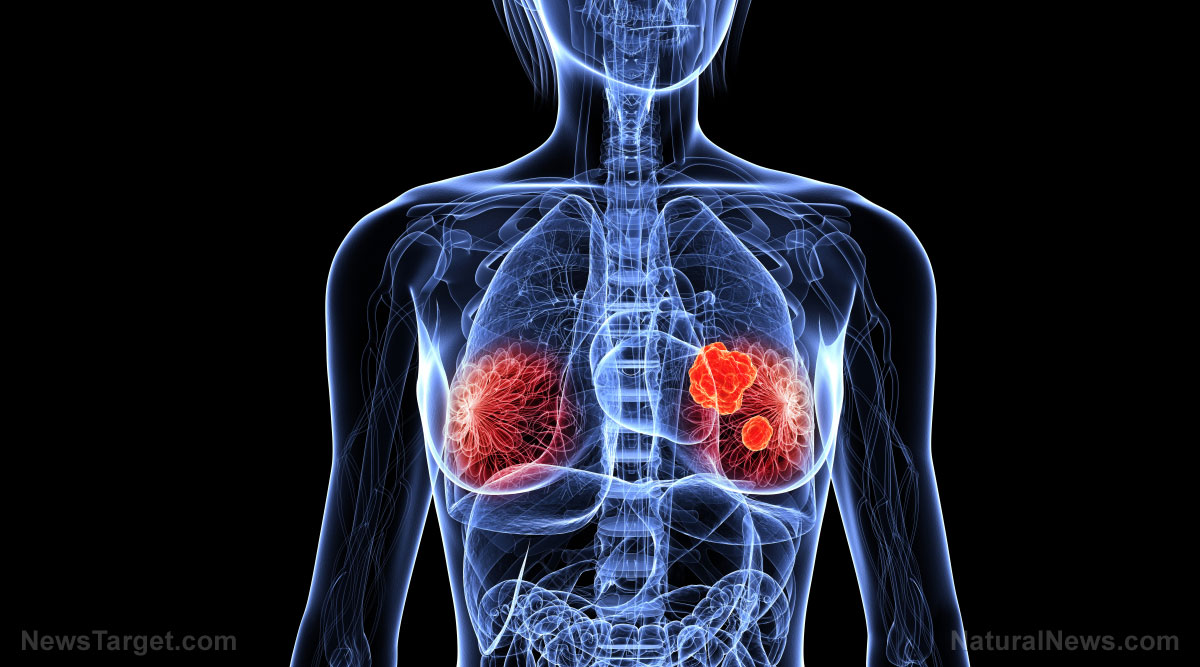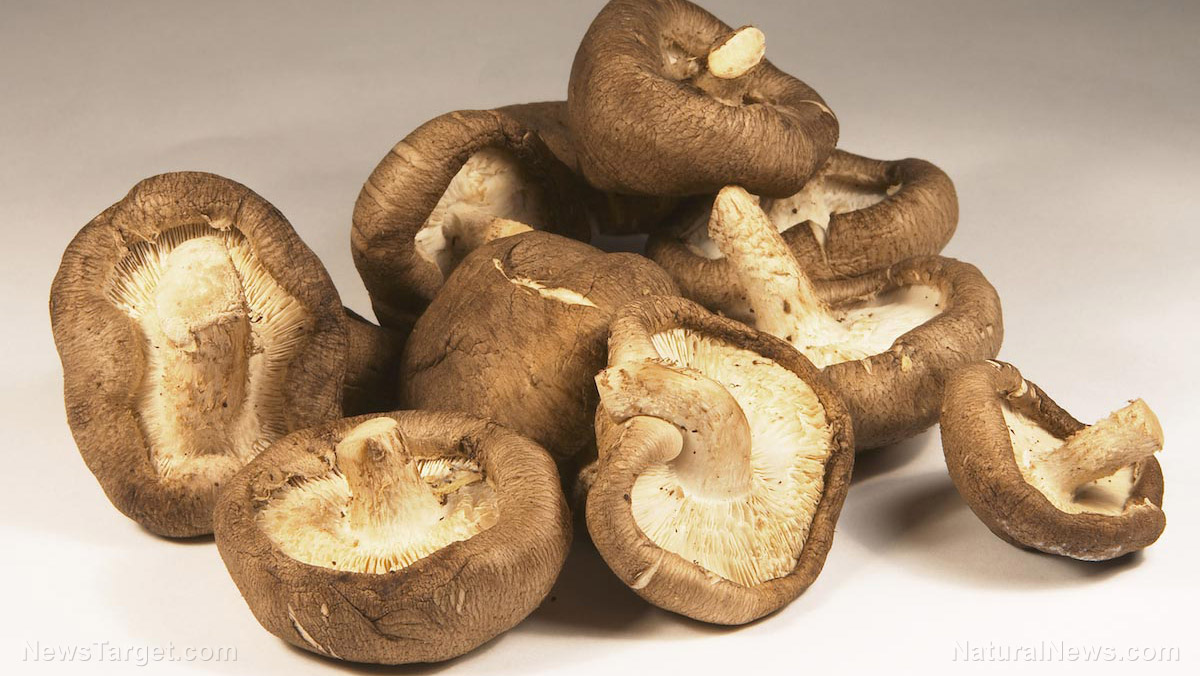The antioxidant capacity of ramie leaves
10/01/2018 / By Zoey Sky
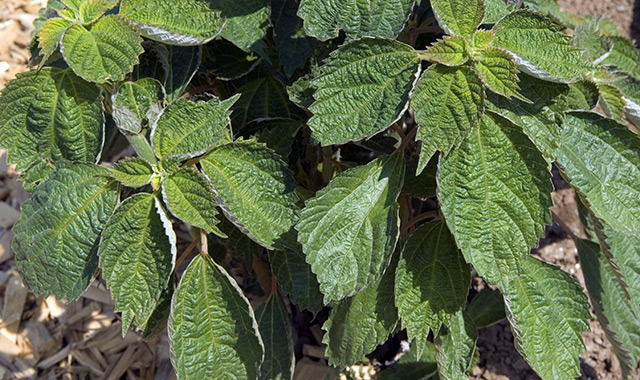
A study published in Industrial Crops and Products revealed that Boehmeria nivea (ramie), a plant cultivated as a raw material for natural textiles, can be used as an alternative source of antioxidants. The authors analyzed 10 ramie cultivars for the study.
- The plant Boehmeria nivea (ramie) is commonly grown as a raw material. The plant, which has fine and strong fibers, is used to produce natural textiles.
- Earlier studies have shown that B. nivea leaves are full of bioactive compounds that bestow medicinal properties to the plant’s extracts.
- In the study, the researchers identified phenolic compounds in the plant and evaluated the antioxidant capacity and alpha-glucosidase inhibitory activities of leaf extracts from 10 B. nivea cultivars that are widely available in China using advanced analytical techniques.
- Based on the study findings, Luzhuqing (LZQ) was the cultivar with the highest chlorogenic acid, rutin, and p-coumaroylmalic acid content at 439.49?micrograms per gram (mcg/g) DW, 339.97?mcg/g DW, and 345.93 mcg/g DW, respectively.
- All ramie cultivars had varying antioxidant capacities and alpha-glucosidase inhibitory abilities.
- According to the result of the principal component analysis, Qianjiangxianma (QJX) and LZQ were the top two cultivars in terms of antioxidant and antidiabetic agent content.
The team of researchers concluded that B. nivea is a viable and alternative source of both antioxidants and antidiabetic agents that can potentially be used to improve human health and address various chronic diseases (e.g., cancer, diabetes, etc.).
You can read more articles about antioxidant plants like B. nivea at Research.news.
Journal Reference:
Wang Q, Rehman M, Peng D, Liu L. ANTIOXIDANT CAPACITY AND ? -GLUCOSIDASE INHIBITORY ACTIVITY OF LEAF EXTRACTS FROM TEN RAMIE CULTIVARS. Industrial Crops and Products. 2018;122:430–437. DOI: 10.1016/j.indcrop.2018.06.020
Tagged Under: alternative medicine, antioxidants, Boehmeria nivea, natural medicine, plant medicine, ramie, Ramie leaves



